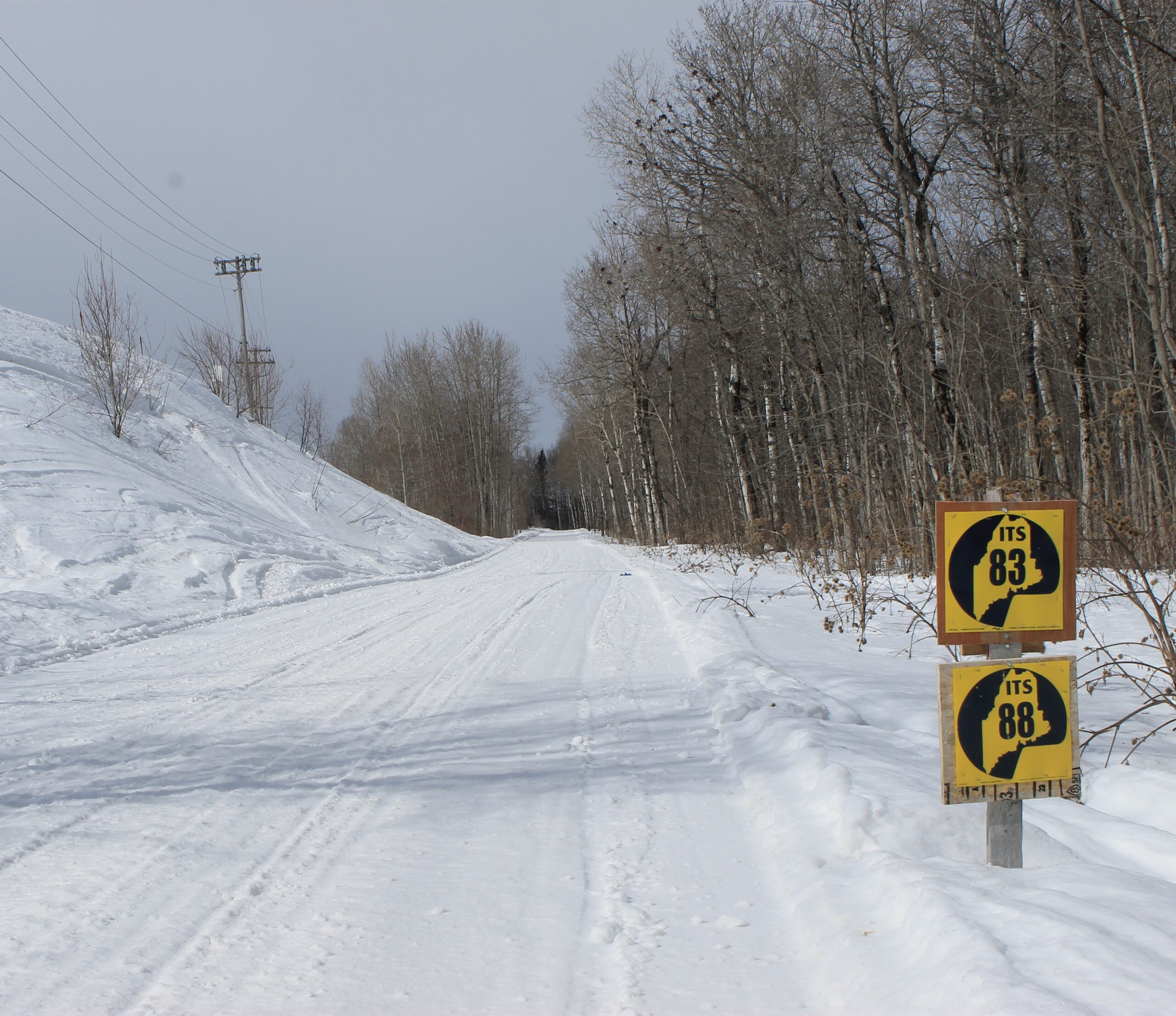
PRESQUE ISLE, Maine — As the snowmobile season heads into its final stretch in northern Maine, this winter is ending up among the best for conditions and worst for fatalities.
Ten people have died in snowmobile crashes as of March 20, with only one of them being in Aroostook County, the March 9 crash in Madawaska, according to the Maine Warden Service. That makes this winter one of the deadliest and on par with the 2011-2012 season. The winter of 2002-2003, when 16 snowmobilers died, was the deadliest season ever in Maine.
While the fatalities are high and highlight the importance of trail safety, the vast majority of snowmobilers in Maine ride safely and responsibly, said John MacDonald, public information officer for the Warden Service at the Maine Department of Inland Fisheries and Wildlife. Almost half of all crashes, including non-fatal ones, involve alcohol, he said.
This season will end up above the ten-year average of 6.8 fatalities, though it’s hard to draw accurate comparisons between years due to the factors involved, such as winter snow conditions and overall registrations, according to MacDonald. Areas of western, north central and northern Maine all have seen the most snowfall and the best riding conditions this year.
“It’s not easy to draw a distinction between one season and the next, because of the conditions of the seasons,” he said.
In 2002-2003, when 16 people died in snowmobile crashes, registrations hit an all-time high of 107,000, while this season has about 85,000 registrations, MacDonald said.
The early 2000s also saw a lot of new, fast snowmobiles coming onto the market, he said.
“In the mid-to-late 1990s, snowmobiles became much faster,” the spokesperson said. But “the new registration totals didn’t start to peak until 2000s.”
MacDonald grew up in Gray and rode snowmobiles with family as a kid in the 1970s and 1980s, when groomed trail systems didn’t really exist and snowmobiles didn’t move all that fast.
“I grew up on Ski Doo Silver Bullets,” MacDonald recalled. “You had a hard time going more than 35 miles an hour. Trails were relatively undefined. You had to pick your way from point A to point B.”
Today’s snowmobiles riding on groomed trails can easily go as fast as motor vehicles and have engines that can take them to speeds of more than 100 miles per hour. Maine does not have a snowmobile speed limit, but wardens have discretion to issue violations for a range of safety problems, such as operating to endanger or riding left of center, MacDonald said.
Regional snowmobile clubs also work to promote safe and responsible riding, and may report or call out unsafe riders they encounter on trail systems. Riders also are urged to become members of local clubs and help with maintenance of trails, some of which are also used in other seasons for ATV riding and non-motorized recreation.
MacDonald said the most common of the 400-600 snowmobile violations issued each year are related to a lack of registration. On average, the warden service issues about 30 violations annually for riders operating under the influence.
On any given day, there are about 50 wardens working, some riding trails on patrol and some working from an office and following up on incidents, MacDonald said.
The agency’s work and the work of snowmobile clubs help keep the state’s 14,000 miles of trails open and attracting tens of thousands of tourists to rural Maine during the winter months. According to the Maine Snowmobile Association, the sport contributes an estimated $350 million annually to the state’s economy.
“It’s a growing industry for sure,” MacDonald said.
In the 2018 fiscal year, Maine snowmobile registrations raised $4.64 million in revenue, according to MacDonald. Of that, $941,470 went to the Maine Department of Inland Fisheries and Wildlife and the rest went to the Maine Department of Agriculture, Conservation and Forestry, which distributes funding to local snowmobile clubs.
Steve Dobson, owner of the Aroostook Hospitality Inns in Washburn and Van Buren, said this winter has been good for snowmobile tourism all around Aroostook County.
“If you look at the motels and restaurants, it’s been very good. Cabins are renting very well and some Airbnb people are renting out this year.”

Snowmobile tote rides are among the fun activities offered during Aroostook State Park’s annual Winter Family Fun Day on Feb. 23. (Melissa Lizotte)
Dobson expects there are a few weeks left of solid snowmobiling, depending “on Mother Nature.”
“This weekend I’m very busy,” he said, referring to Maine Maple Weekend, March 23 and 24. “Next weekend they’re holding up,” he said, referring to bookings. “The people are holding off to see what the weather is like.”
Much will depend on a storm due for the whole state Friday, and how much of it ends up as rain or snow in northern Maine.
As for safety, Dobson said snowmobile riders who stay at his establishments are overall responsible and haven’t reported encountering many dangerous riders this year.
“The discussion in our breakfast nook is usually about the trails and how much traffic there is, and I haven’t heard much about reckless riders during the daytime. I think most of the reckless riding is at night, and speed and alcohol has a lot to do with it.”
For more information on snowmobile safety, visit the Maine Snowmobile Association.







